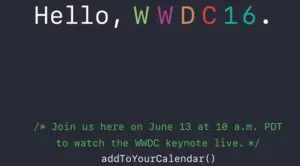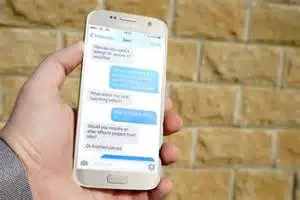In this spring event, Apple brought multiple system updates for its products, including OS X 10.11.4, as the most important system update for Mac in recent, OS X 10.11.4 does not seem to make people feel at ease. Applelives previously reported, a considerable part of the users reflected that after upgrading OS X 10.11.4 using Safari will inexplicably cause system crashes or frozen.
Although so far, Apple has brought two beta of OS X 10.11.5 for testing, but the new version did not fix the crashing issue caused by Safari. We learned through Apple technical support community that some users still encounter the crashing issue in the latest version OS X 10.11.5, the “symptoms” same with we reported before: the screen does not respond, keyboard no response, the pointer does not respond, that even the touchpad is disabled.
Apple’s official technical staff made response as below:
Reset the SMC on Macbooks
First determine whether the battery is removable. Mac notebook computers that have a nonremovable battery include MacBook Pro (Early 2009) and later, all models of MacBook Air, MacBook (Late 2009), and MacBook (Retina, 12-inch, Early 2015).
If the battery is nonremovable
- Shut down the Mac.
- Plug in the MagSafe or USB-C power adapter to a power source and to your Mac.
- Using the built-in keyboard, press Shift-Control-Option on the left side of the keyboard, then press the power button at the same time.
- Release all keys, then press the power button again to turn on your Mac
If the battery is removable
- Shut down the Mac.
- Disconnect the MagSafe power adapter from the Mac.
- Remove the battery.
- Press and hold the power button for 5 seconds.
- Reconnect the battery and MagSafe power adapter.
- Press the power button to turn on the Mac.
The LED on MagSafe power adapters might change states or temporarily turn off when you reset the SMC.
Reset the SMC on iMac and Mac Mini
Follow these steps for iMac, Mac mini, Mac Pro, and Xserve.
- Shut down the Mac.
- Unplug the power cord.
- Wait 15 seconds.
- Plug the power cord back in.
- Wait 5 seconds, then press the power button to turn on the Mac.
For Intel-based Xserve computers that aren’t responding, you can shut down locally or by using remote commands. You can also shut down by pressing and holding the power button for 5 seconds.
Reset PRAM
Shut down your Mac, press the power button, and as soon as you hear the startup chime, hold down Command-Option-P-R. Keep holding down those keys until you hear a second startup chime. Then let go and allow your Mac to continue starting normally. Then check the Startup Disk, Display, and Date & Time panes of System Preferences to make sure they’re set the way you want them.
If you hold down Command-Option-P-R at startup and you see nothing but a gray screen that doesn’t change for several minutes—no Apple logo, no progress bar, no second startup chime—don’t panic. (This happened to me just last week.) The most likely cause is that your Mac isn’t registering the key presses due to wonkiness with a USB device. Disconnect all USB devices (except your keyboard, if it’s a wired keyboard), hold the power button down until the Mac shuts off completely, and then press it again and immediately hold down Command-Option-P-R. If that doesn’t work and you’re using an external Bluetooth keyboard, try plugging in a USB keyboard instead. If you’re able to reset the NVRAM successfully with the wired keyboard, you can disconnect it and go back to your normal Bluetooth keyboard.
If the above fix not working, you can also use Chrome or Firefox browsers as alternatives to Safari.
















+ There are no comments
Add yours